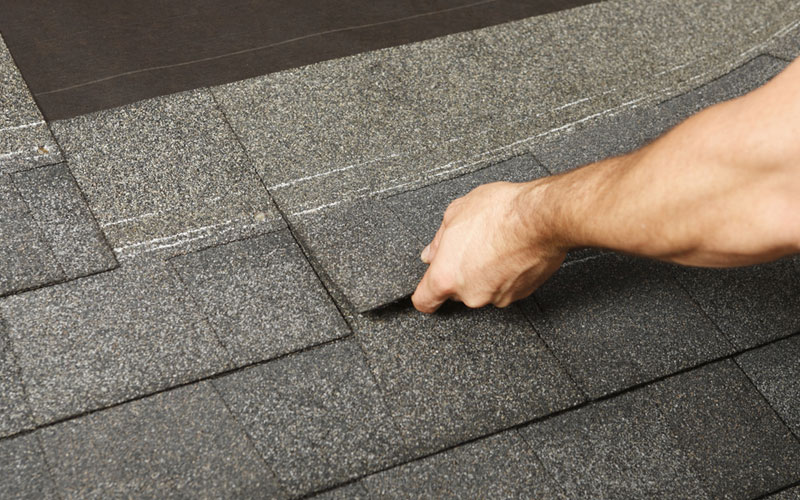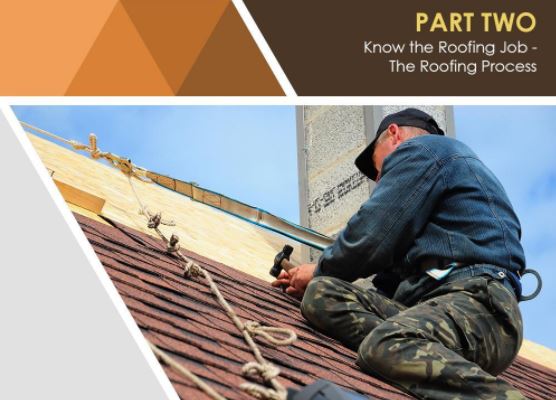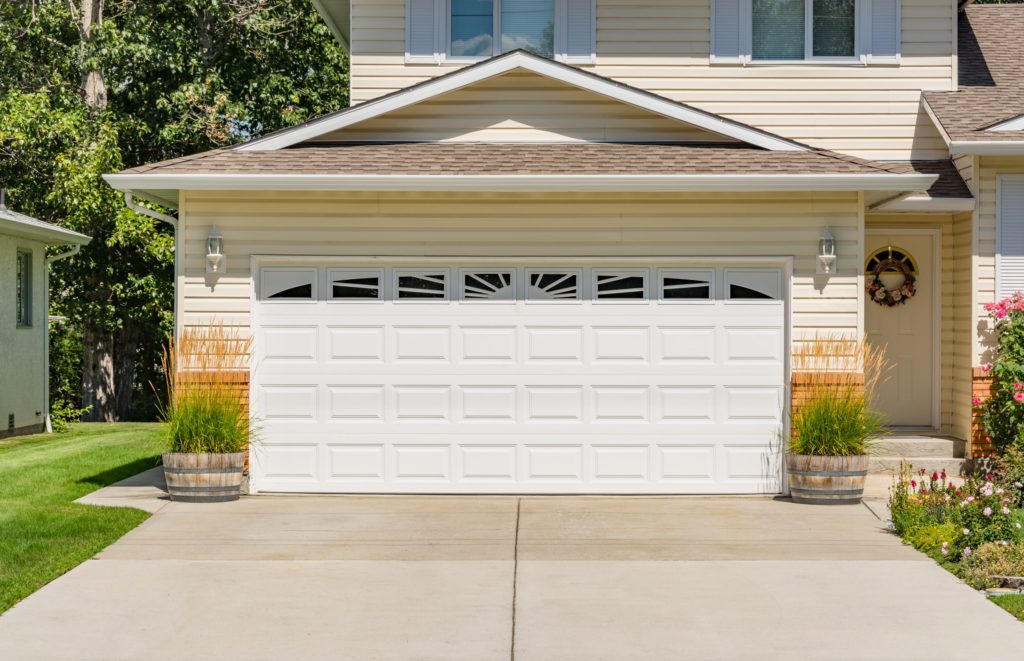The Ultimate Guide to Roofing Replacement for Homeowners
Imagine this: You’re sipping your morning coffee, gazing out the window at the stunning sunrise, when suddenly, a drip lands right on your newspaper. You look up and realize your ceiling isn’t as waterproof as it once was. Your roof, that steadfast protector of your home, is waving a white flag. Sound familiar? If so, you’re not alone. Roofing replacement is a crucial, albeit daunting, task for many homeowners. But fear not! This ultimate guide will take you through everything you need to know to ensure your home stays dry and secure, starting with some fascinating facts that might just surprise you.
Understanding When It’s Time for a Roof Replacement
Knowing when it’s time to replace your roof can be the difference between a minor inconvenience and a major disaster. Over time, even the most robust roofs will succumb to wear and tear, leading to leaks, structural damage, and costly repairs. One of the first signs that your roof might need replacing is the age of the materials. Most roofs are designed to last between 20 to 30 years, depending on the material used. If your roof is approaching this age or has exceeded it, it’s wise to start considering a replacement. Additionally, visible signs such as cracked, curled, or missing shingles are clear indicators that your roof’s performance is compromised and may soon fail.
Another critical aspect to monitor is the interior of your home. Water stains on ceilings or walls, mold growth, and sagging spots are all red flags that your roof’s integrity has been compromised. These signs often indicate that water is seeping through your roof and into your home, which can lead to more severe damage if not addressed promptly. Regularly inspecting your attic for signs of daylight peeking through the roof boards or damp insulation can also provide early warning signs of potential issues. Addressing these problems early can prevent structural damage and maintain the safety and comfort of your living environment.
Beyond the visible signs, consider the impact of severe weather events on your roof. High winds, heavy snowfall, and hailstorms can significantly accelerate the deterioration of roofing materials. After such events, a thorough inspection by a professional can help identify hidden damage that may not be immediately apparent. By staying vigilant and proactive, you can catch problems early and plan for a roof replacement before small issues escalate into major headaches. Understanding these signs and taking timely action ensures that your home remains protected, comfortable, and secure for years to come.

Roofing Service
Different Types of Roofing Materials
When it comes to replacing your roof, selecting the right roofing material is a crucial decision that impacts the longevity, aesthetic appeal, and overall value of your home. The market offers a wide range of options, each with its own set of advantages and drawbacks. Asphalt shingles are one of the most popular choices due to their affordability, ease of installation, and versatility in appearance. They come in various colors and styles, allowing homeowners to match their roof to their home’s exterior design. However, they generally have a shorter lifespan compared to other materials, which might necessitate more frequent replacements.
For those seeking durability and a longer lifespan, metal roofing is an excellent option. Metal roofs are known for their exceptional resistance to harsh weather conditions, such as heavy snow, hail, and high winds. They also offer superior fire resistance and energy efficiency, reflecting heat away from the home and potentially lowering cooling costs in hot climates. Additionally, metal roofs can be crafted to mimic the look of traditional shingles, tiles, or slate, providing both functionality and aesthetic versatility. On the downside, metal roofing can be noisier during rainstorms and typically requires professional installation due to its complexity.
For homeowners looking for a natural and timeless aesthetic, clay or concrete tiles might be the ideal choice. These materials are incredibly durable, often lasting over 50 years with proper maintenance. Clay tiles offer a distinctive, Mediterranean-style look, while concrete tiles can be manufactured to replicate various textures and designs, including wood shakes and stone. Both options provide excellent resistance to fire and pests and are particularly well-suited for warmer climates due to their thermal properties. However, their weight requires a strong structural framework, and the installation process can be labor-intensive and costly. Each material brings a unique blend of benefits and challenges, making it essential for homeowners to carefully consider their specific needs and preferences when choosing the right roofing material.
Budgeting for Your Roof Replacement
Budgeting for your roof replacement is a vital step that demands careful planning and consideration. The cost of a new roof can vary significantly based on several factors, including the size of your home, the type of roofing material you choose, and the complexity of the installation. To start, it’s essential to obtain multiple quotes from reputable contractors to get a clear picture of the potential expenses involved. Each quote should include a detailed breakdown of labor, materials, removal of the old roof, and any additional fees. This process not only helps you understand the market rates but also ensures you’re getting a fair deal.
Another critical aspect of budgeting for a roof replacement is considering the long-term value rather than just the upfront cost. Different roofing materials come with varying lifespans and maintenance requirements. For instance, while asphalt shingles might be more affordable initially, they may need to be replaced sooner than more durable options like metal or tile. Investing in higher-quality materials can lead to fewer repairs and replacements over time, ultimately saving you money. Additionally, energy-efficient roofing materials can lower your utility bills, providing further cost savings down the line. Evaluating these long-term benefits can help you make a more informed decision that aligns with your financial goals.
Lastly, it’s wise to set aside a contingency fund for unexpected expenses. Hidden issues such as water damage, mold, or structural problems might be uncovered once the old roof is removed. These unforeseen challenges can lead to additional costs that weren’t accounted for in the initial estimate. Having a contingency budget can prevent financial strain and ensure that you can handle any surprises that arise during the project. By thoroughly researching, planning for the future, and preparing for unexpected expenses, you’ll be well-equipped to manage the financial aspects of your roof replacement smoothly and efficiently.

Replacing Roof Near Me
Choosing the Right Roofing Contractor
Choosing the right roofing contractor is one of the most critical decisions you’ll make during your roof replacement journey. The quality of workmanship can significantly influence the longevity and performance of your new roof. To begin, it’s essential to conduct thorough research. Start by seeking recommendations from friends, family, and neighbors who have recently had their roofs replaced. Online reviews and ratings can also provide valuable insights into a contractor’s reputation and reliability. After gathering a list of potential contractors, verify their credentials, including licensing, insurance, and any relevant certifications. These credentials ensure that the contractor meets industry standards and can legally perform roofing work in your area.
Once you have a shortlist of qualified contractors, the next step is to interview them. Prepare a set of questions that cover key aspects of the project, such as their experience with specific roofing materials, the timeline for completion, and their approach to handling unexpected issues. Ask for references from recent clients and follow up with those references to get firsthand accounts of their experiences. Transparency and communication are vital; a reputable contractor should be willing to answer all your questions thoroughly and provide clear, detailed estimates. Comparing these estimates will help you understand the scope of work and the associated costs, allowing you to make an informed decision.
Finally, consider the contractor’s approach to customer service and warranties. A reliable roof replacement contractor will offer a comprehensive warranty that covers both materials and labor, giving you peace of mind that any future issues will be addressed promptly and professionally. Additionally, assess how the contractor communicates and handles customer concerns. Are they responsive and attentive? Do they seem genuinely interested in meeting your needs? Good communication and a customer-centric approach are indicators of a contractor who values their clients and stands by their work. By taking the time to carefully evaluate potential contractors, you can ensure a successful roofing replacement project that enhances your home’s protection and value for years to come.
The Roofing Replacement Process
Understanding the roofing replacement process can help homeowners navigate this significant home improvement project with confidence and ease. The process typically begins with a comprehensive inspection and assessment of the existing roof. This step involves evaluating the condition of the current materials, identifying any areas of damage or concern, and determining the necessary repairs or replacements. During this phase, a professional contractor will also take measurements and discuss material options, timelines, and costs with you. This initial assessment sets the foundation for a well-planned and executed roofing project.
Once the assessment is complete and you’ve selected your materials, the next step is to prepare the site for the replacement. This involves removing the old roofing materials, which can be a noisy and messy process. Contractors will take care to protect your property’s landscaping and exterior features during this stage. They will also inspect the roof’s underlying structure for any signs of damage, such as rotting wood or water damage, that need to be addressed before the new roof can be installed. Any necessary repairs or reinforcements to the roof deck will be made at this time to ensure a solid base for the new materials.
The final stage of the roofing replacement process is the installation of the new roofing materials. This step varies depending on the type of materials chosen, but generally includes laying down underlayment, installing shingles, tiles, or metal panels, and ensuring proper ventilation and flashing around roof penetrations like chimneys and vents. Throughout the installation, contractors will maintain open communication with you to keep you informed of progress and any unexpected issues that may arise. Once the installation is complete, a final inspection ensures that everything meets quality standards and local building codes. The end result is a durable, aesthetically pleasing roof that enhances your home’s protection and curb appeal.
Maintaining Your New Roof
Maintaining your new roof is essential to ensure its longevity and protect your investment. Regular maintenance can prevent small issues from escalating into costly repairs and extend the life of your roof. Start with routine inspections, especially after severe weather events. Inspect for any signs of damage, such as missing or cracked shingles, loose flashing, or debris buildup. It’s a good practice to conduct a thorough inspection twice a year, in the spring and fall. If you’re uncomfortable climbing onto your roof, consider hiring a professional to perform these inspections for you.
In addition to regular inspections, keeping your roof clean is vital for maintaining its integrity. Remove leaves, branches, and other debris that can accumulate in gutters and valleys. Clogged gutters can lead to water backup, causing damage to the roof and even the home’s interior. Trim overhanging tree branches that could fall and damage the roof or provide a pathway for pests. Moss and algae growth can also be problematic, as they retain moisture and can degrade roofing materials over time. Use appropriate cleaning methods or contact a professional to safely remove these growths without damaging the shingles or tiles.
Preventative maintenance also includes addressing minor repairs promptly. Small leaks, loose shingles, or damaged flashing might seem insignificant, but they can lead to significant problems if left unattended. If you notice any issues during your inspections, take immediate action to fix them. Additionally, ensure that your attic is well-ventilated and insulated, as poor ventilation can lead to heat and moisture buildup, which can damage your roof from the inside out. By staying proactive with inspections, cleaning, and repairs, you’ll help ensure that your new roof remains in excellent condition, providing reliable protection and maintaining your home’s value for many years to come.

Roof Replacements
Environmental and Energy Efficiency Considerations
When considering a roof replacement, it’s crucial to take into account environmental and energy efficiency factors. One of the most impactful decisions you can make is choosing eco-friendly roofing materials. Options such as metal roofing, recycled shingles, and sustainable wood shakes not only reduce your home’s carbon footprint but also often come with longer lifespans and energy-saving benefits. Metal roofs, for example, are highly recyclable at the end of their life cycle and can reflect solar radiant heat, reducing cooling costs in warm climates. Similarly, recycled shingles made from post-consumer waste help divert materials from landfills while providing durable protection for your home.
In addition to material selection, the color and finish of your roofing can significantly affect your home’s energy efficiency. Light-colored or reflective roofing materials can help deflect sunlight, keeping your home cooler during hot summer months. This reduces the need for air conditioning, leading to lower energy bills and a smaller environmental impact. Cool roofing technologies, which include specially designed coatings that enhance reflectivity, are available for various types of roofing materials and can be a worthwhile investment in both residential and commercial applications. By choosing the right color and finish, you can optimize your roof’s performance and enhance your home’s overall energy efficiency.
Beyond materials and finishes, consider implementing green roofing solutions such as solar panels or a rooftop garden. Solar panels can be integrated seamlessly with your new roof, providing renewable energy that can power your home and potentially reduce or eliminate your electricity bills. A rooftop garden, on the other hand, offers benefits like improved insulation, reduced stormwater runoff, and the creation of a natural habitat for local wildlife. While these options may require a higher initial investment, they offer long-term savings and significant environmental benefits. By prioritizing environmental and energy efficiency considerations in your roofing replacement project, you contribute to a more sustainable future while enhancing the value and functionality of your home.
Conclusion
Replacing a roof might seem like an overwhelming endeavor, but with the right knowledge and preparation, it can be a manageable and even rewarding experience. By understanding when to replace your roof, choosing the right materials, budgeting wisely, selecting a trustworthy contractor, knowing the process, maintaining your investment, and considering eco-friendly options, you’ll be well-equipped to tackle this critical home improvement project with confidence. So, put away that bucket, and let’s get started on securing a leak-free future for your home! Keep in mind that maintenance is crucial for your new roof’s longevity, and regular inspections, cleaning, and addressing minor repairs promptly can save you time, money, and headaches in the long run. Don’t forget to consider environmental and energy efficiency factors as well, as they not only benefit you but also contribute to a more sustainable future. With these considerations in mind, you’ll have a beautiful, durable roof that enhances your home’s protection and value for many years to come.
https://www.google.com/maps?cid=465871782046421571




